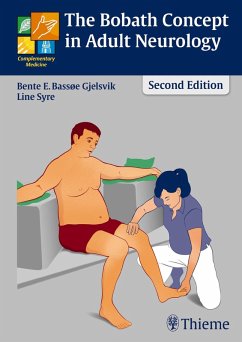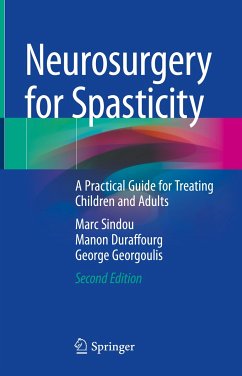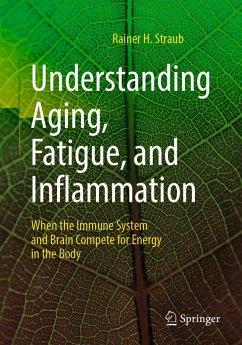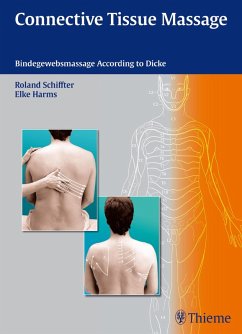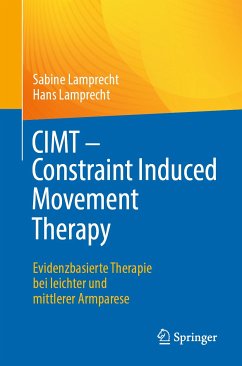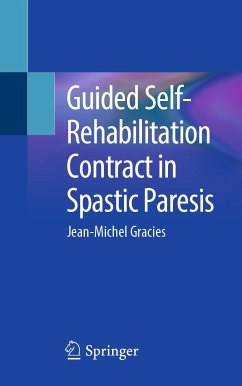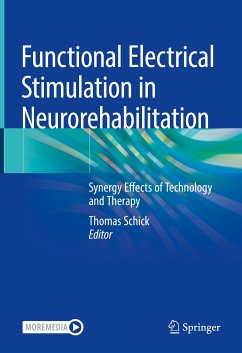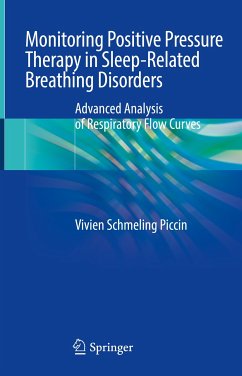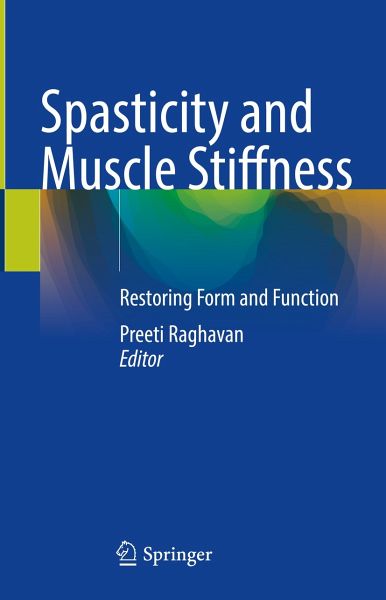
Spasticity and Muscle Stiffness (eBook, PDF)
Restoring Form and Function
Redaktion: Raghavan, Preeti
Versandkostenfrei!
Sofort per Download lieferbar
Statt: 106,99 €**
56,95 €
inkl. MwSt.
**Preis der gedruckten Ausgabe (Gebundenes Buch)
Alle Infos zum eBook verschenkenWeitere Ausgaben:

PAYBACK Punkte
28 °P sammeln!
Offers a contemporary understanding of spasticity including central and peripheral mechanisms
Details comprehensive management using traditional and cutting-edge approaches
Includes practical treatment algorithms for improvement of movement and function
Details comprehensive management using traditional and cutting-edge approaches
Includes practical treatment algorithms for improvement of movement and function
Dieser Download kann aus rechtlichen Gründen nur mit Rechnungsadresse in A, B, BG, CY, CZ, D, DK, EW, E, FIN, F, GR, HR, H, IRL, I, LT, L, LR, M, NL, PL, P, R, S, SLO, SK ausgeliefert werden.



